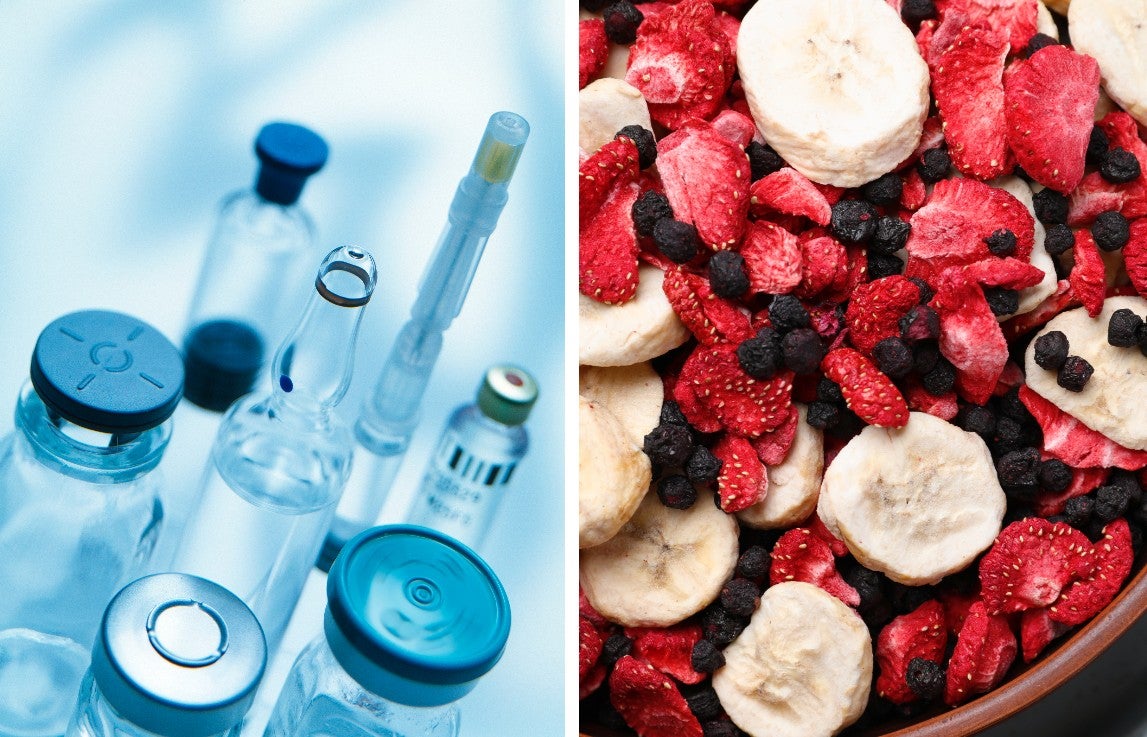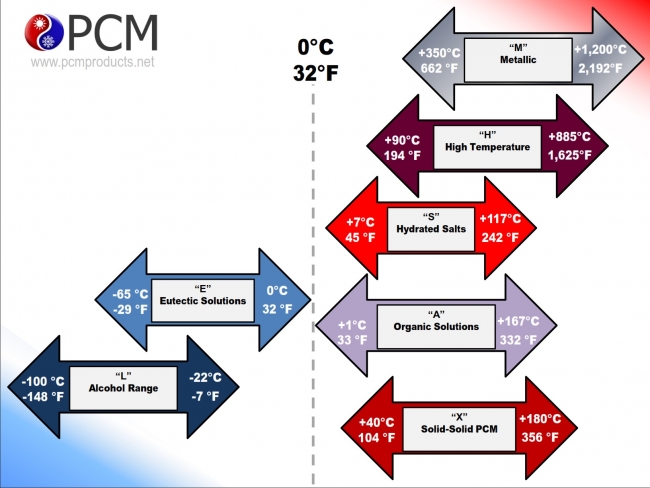The fundamentals of freeze drying: why precise vacuum technology matters
Freeze drying, or lyophilisation, requires a powerful, accurate and reliable vacuum system consisting of pumps for evacuating air and tools for monitoring the process.

Freeze drying, also known as lyophilisation, is a common method of preservation used in many products, from the fresh herbs and vegetables that top store-bought pizzas to the instant coffee in our morning brew. Another industry that relies on this concept is pharmaceuticals, particularly in the production of delicate, high-value injectable products. Many pharmaceutical products are sensitive to heat, therefore the ability to dry contents at low temperatures is a clear advantage.
Vacuum technology is essential in the lyophilisation process. After the goods have first been frozen, a vacuum reduces the pressure until sublimation takes place. Most of the moisture is removed during the primary drying stage. Secondary drying removes adsorbed residual moisture until the target value is achieved, at which point the material is secured in a moisture-free package.

























